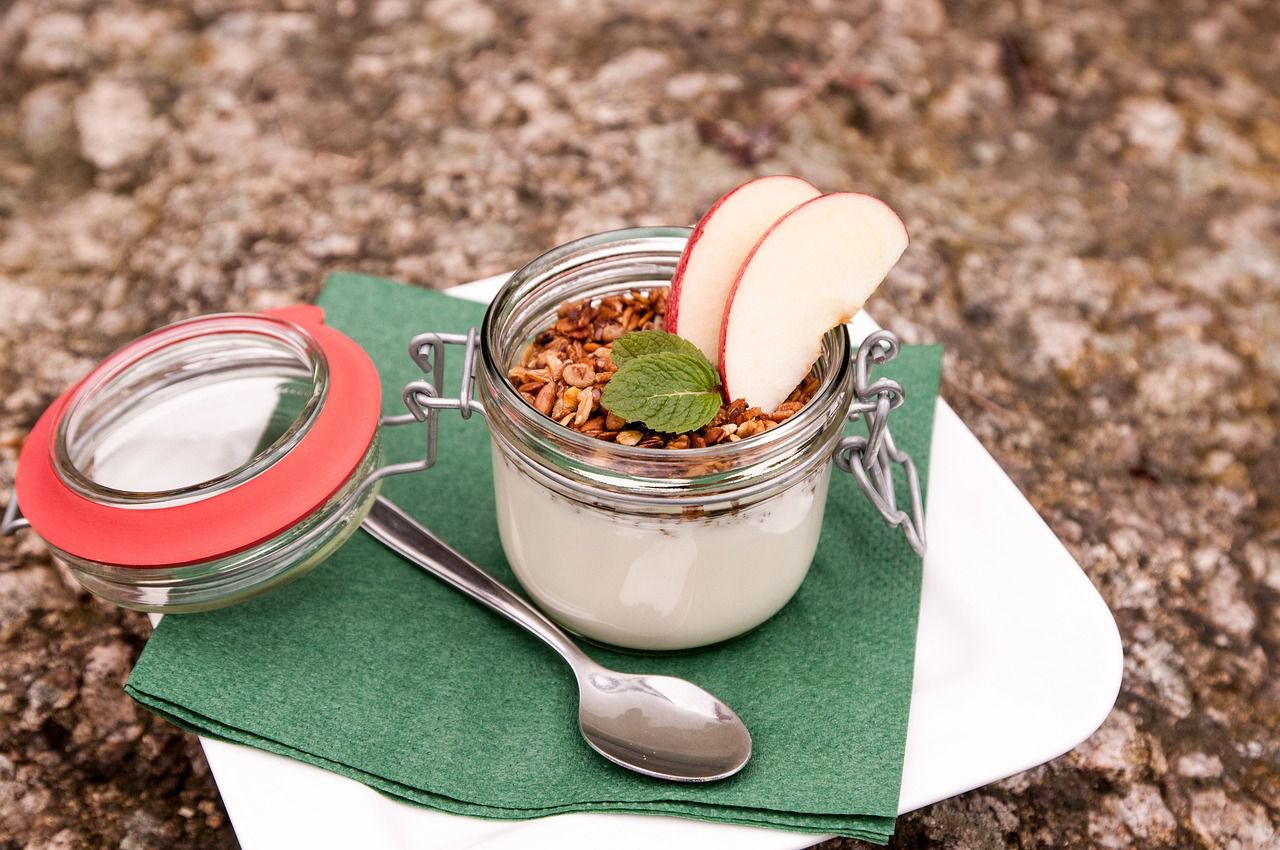Healthy home-made yogurt can be amazing for people who want to eat healthily, or just love the taste.
It's pretty easy to make one at home, but there are still a few things that you might be doing wrong.
Learn more about these mistakes to fix them.
Inconsistent or incorrect temperature
If the milk is heated too much or too little, it can affect the yogurt's texture and flavor.
Using the wrong type of milk
Different types of milk, such as whole milk, low-fat milk, or non-dairy alternatives, can yield different results in yogurt making.

Whole milk generally produces a creamier and thicker yogurt, while low-fat milk may result in a thinner consistency.
Adding live cultures at the wrong temperature
Adding the cultures at too high a temperature can kill the beneficial bacteria, preventing proper fermentation.
Disturbing the yogurt during fermentation
Moving or shaking the container can disrupt the formation of yogurt and result in a runny or grainy texture.
Not allowing enough fermentation time
Insufficient fermentation can result in a thin and underdeveloped yogurt.
Contaminating the yogurt
Ensure that all utensils, containers, and equipment used in the yogurt-making process are clean and sterilized.
Contamination from other bacteria or foreign substances can interfere with the fermentation process and lead to off-flavors or spoiled yogurt.









